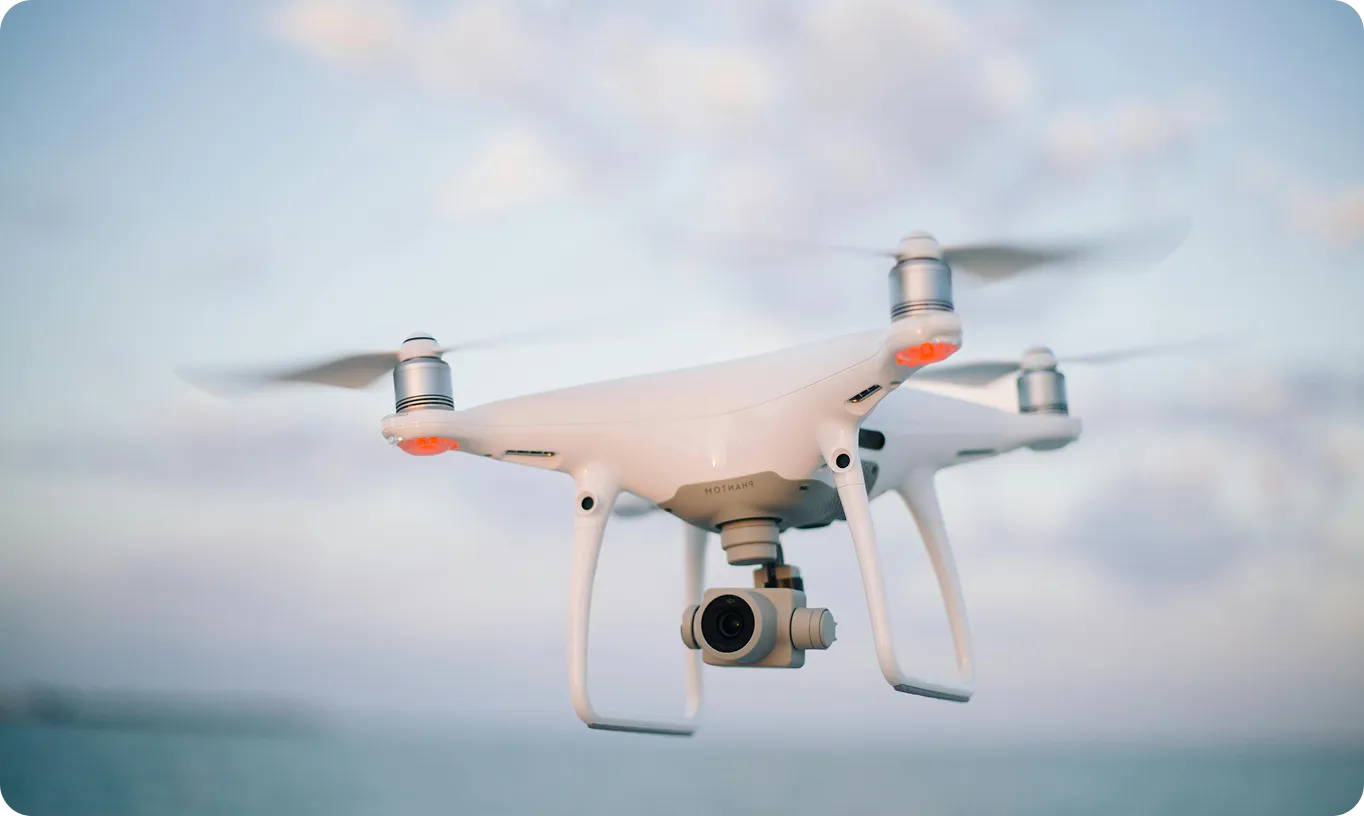Capsule Networks, often abbreviated as CapsNets, represent an innovative type of neural network (NN) architecture designed as an alternative to traditional Convolutional Neural Networks (CNNs). First introduced by AI researcher Geoffrey Hinton and his team, CapsNets aim to address fundamental limitations in how CNNs process spatial hierarchies and relationships between features within an image. While CNNs excel at feature extraction, their use of pooling layers can lead to a loss of precise spatial information. CapsNets propose a different approach using "capsules"—groups of neurons that output vectors instead of single scalar values. These vectors encode richer information about detected features, including properties like pose (position, orientation, scale) and the probability of the feature's presence. This structure enables CapsNets to better model part-whole relationships and maintain spatial awareness, leading to potentially improved robustness against viewpoint changes in computer vision (CV) tasks.
Core Concepts
The central element of a CapsNet is the "capsule." Unlike standard neurons, each capsule detects a specific entity within a region of the input and outputs a vector. The vector's magnitude (length) indicates the probability that the detected entity exists, while its orientation represents the entity's instantiation parameters, such as its precise pose or texture details. This vector-based output contrasts sharply with the scalar activation typical in many other deep learning (DL) models.
Capsules in lower layers generate predictions for the outputs of capsules in higher layers using transformation matrices. A crucial mechanism known as "routing-by-agreement" dynamically determines the connections between these layers. If predictions from multiple lower-level capsules align (agree) regarding the presence and pose of a higher-level feature, the corresponding higher-level capsule becomes active. This dynamic routing process allows the network to recognize parts and understand how they assemble into a whole, effectively preserving spatial hierarchies. The foundational ideas are detailed in the paper "Dynamic Routing Between Capsules". This approach helps in tasks requiring nuanced understanding of object composition, potentially improving performance with less need for extensive data augmentation.
Key Differences from Convolutional Neural Networks (CNNs)
CapsNets offer a different paradigm compared to the widely used CNNs, particularly in handling spatial data and representing features:
- Spatial Hierarchy Handling: CNNs often lose spatial information through pooling layers, which summarize feature presence over regions. CapsNets are designed to explicitly preserve hierarchical pose relationships between features, making them inherently better at understanding the structure of objects.
- Feature Representation: CNNs typically use scalar activations to represent the presence of a feature. CapsNets utilize vector outputs (capsules) that encode both the presence and the properties (like pose and deformation) of a feature.
- Viewpoint Equivariance: CapsNets aim for equivariance, meaning the representation changes predictably with viewpoint shifts, whereas CNNs often require large amounts of training data to learn viewpoint invariance.
- Routing Mechanism: CNNs use max-pooling or other static pooling methods. CapsNets employ dynamic routing-by-agreement, which weights connections based on the consistency of predictions between capsule layers.
Advantages of Capsule Networks
CapsNets present several potential benefits over conventional neural network architectures:
- Improved Viewpoint Robustness: Their structure allows them to generalize better to novel viewpoints without needing to see those specific views during training.
- Better Part-Whole Relationship Modeling: The routing mechanism helps CapsNets understand how parts combine to form objects, crucial for complex image recognition tasks.
- Data Efficiency: They might achieve high accuracy with smaller datasets compared to CNNs, particularly for tasks sensitive to spatial relationships.
- Segmentation of Overlapping Objects: The ability to represent multiple entities and their poses within a region could aid in tasks like instance segmentation where objects overlap significantly. Managing training and deployment can be done using platforms like Ultralytics HUB.
Real-World Applications
Although CapsNets are still primarily an area of active research and less commonly deployed than established models like Ultralytics YOLO or YOLO11, they have demonstrated promise in several domains:
- Character Recognition: CapsNets achieved state-of-the-art results on the MNIST dataset of handwritten digits, showcasing their ability to handle variations in orientation and style effectively, surpassing traditional image classification approaches in some benchmarks.
- Medical Image Analysis: Their strength in understanding spatial configurations makes them suitable for analyzing medical scans. For example, research has explored using CapsNets for tasks like brain tumor segmentation, where identifying the precise shape and location of anomalies is critical. This falls under the broader field of medical image analysis.
Further potential applications include improving object detection, particularly for cluttered scenes, enhancing scene understanding in robotics, and contributing to more robust perception systems for autonomous vehicles. While computational demands remain a challenge, ongoing research aims to optimize CapsNet efficiency for broader machine learning (ML) applications and potential integration into frameworks like PyTorch or TensorFlow. You can explore comparisons between different object detection models to understand where CapsNets might fit in the future landscape.









